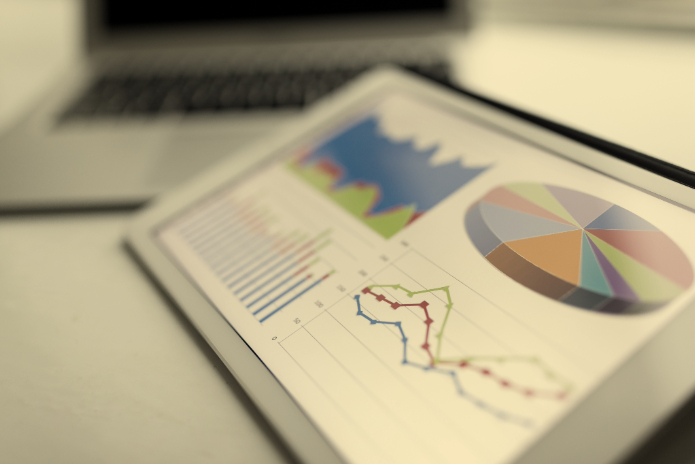The implementation ofsplit paymentas a new tax collection model starting in 2027 inaugurates an unprecedented stage of complexity for companies, financial institutions and professionals in the tax area. Provided for in the regulation of the Tax Reform, the measure integrates the set of transformations that will replace five taxes on consumption — ICMS, ISS, IPI, PIS and Cofins — for three new ones: the Tax on Goods and Services (IBS), of state and municipal competence; the Contribution on Goods and Services (CBS), of federal nature; and the Selective Tax (ST), focused on goods and services considered harmful.
Although the focus of the reform is centered on these new taxes, thesplit paymentrepresents an operational break. By the model, the collection of IBS and CBS will occur at the time of the commercial transaction. That is to say, when making the payment — whether in full or in installments — the amount corresponding to the tax will be automatically separated and transferred directly to the tax authorities, without passing through the accounts of the supplying company.
The systematics can be illustrated with a practical example in retail. A consumer purchases a t-shirt for R$ 128,00. Of this value, R$ 28,00 correspond to the IBS and the CBS. When making the payment via PIX, the financial institution divides the amount at the time: R$ 100,00 goes to the retailer, and R$ 28,00 are passed on to the government. It is a way to ensure revenue collection at the source, eliminating the risk of default and combating the habitual debtor, the one who declares the tax, but does not pay it, explain Matheus Moreno, tax consultant at Econet Editora.
Impact on cash flow
The adoption ofsplit paymentwill requireimportant restructurings, especially in retail. After all, the new model directly affects the cash flow of companies, by bringing forward the collection of taxes to the time of sale. This reduces the financial autonomy of taxpayers and requires a review of internal controls, especially regarding working capital. In other words, the company will receive only the net amount of the operation. Especially in sectors with tight margins or extended payment terms, this may compromise liquidity, affirms Matheus.
International experience reinforces this concern. European countrieslike Italy, Romania and Poland adopted similar models ofsplit payment, but there was resistance from the productive sector, especially in trade and services. In some cases, the system was relaxed or discontinued precisely due to the negative effects on the companies' cash flow.
Greater control in the credit chain
Another effect of the new model concerns the control of the chain oftax credit. By the new systematics, the appropriation of credit by the acquirer will be conditioned on the effective payment of the tax in the previous stage. In practice, this tightens the noose against fictitious companies — the so-callednotebooks, created to issue tax documents without real backing. If the supplying company does not collect the IBS and the CBS, the customer will not be able to credit. This changes the logic of the relationship between buyer and supplier, observe the specialist.
According to Matheus Moreno, the system also makes it difficult for structured frauds, as it shifts the role of collector to payment institutions, like banks and card operators. The tax authorities will no longer rely on the taxpayer's self-declaration to collect taxes. "The banking operation becomes the trigger for collection". This increases the efficiency of collection and reduces the room for deliberate omissions.”
The complexity is heightened with the project of creating asmart split payment, that provides for the automatic compensation of credits appropriated by the taxpayer before the transfer of the tax to the Revenue. In this scenario, the bank or payment system must cross-check tax data in real time, which will require robust technological infrastructure and total integration between accounting systems, fiscal and financial of companies.
Technical training becomes a requirement for adapting to the new model
For the tax consultant of Econet Editora, the adoption ofsplit paymenthighlights a challenge that transcends the banking system or company cashiers: the technical training of professionals who handle taxation. This is because the new model requires detailed knowledge about compensation, credit control, tax assessment and system integration. Thus, counters, tax lawyers, tax consultants and financial area managers will need to master not only the new regulations, but also its practical application in the daily life of organizations.
"It is not just a simple change in the tax rate or accessory obligation". It is a new logic of collection. This requires immediate and continuous updating, alert Matheus. "From 2027, those who do not understand this mechanism run the risk of making incorrect tax decisions, with a direct impact on the company's cash flow.”
The demand for specialized qualification led Econet Educacional to launch the postgraduate program "Planning, Tax Management and Reform, with 360 hours of online training, combining live and recorded classes. Aimed at professionals in the accounting field, fiscal, legal and management, the training covers topics such as split payment, favoured regimes, credit compensation, restructuring of the Simples Nacional, Excise Tax, property taxation, the transition to the new collection system.
The course was structured based on the reality faced by those who deal with taxation on a daily basis. They are contents that combine theory and practical application, based on the real problems that are already arising in companies, affirms Matheus Moreno.
With the first phases of the reform scheduled to come into effect in 2026, the time for adaptation is short. For companies and professionals, anticipating the learning curve will be essential to maintain fiscal regularity and competitiveness in the new tax scenario. "Osplit paymentit's just a part of the change. But it is, напевно, that best symbolizes the new logic: more control, less time, and much more technique involved, concludes Matheus.


